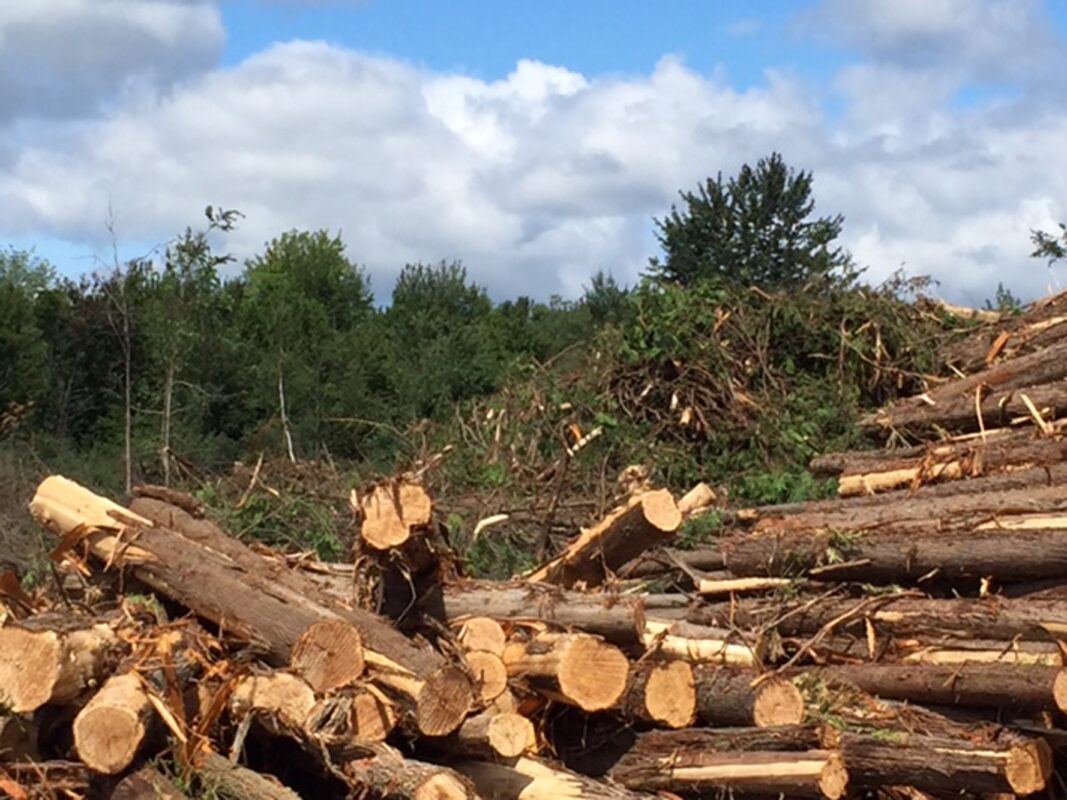
Submission to Planning and Environment Committee: Carp River Audit
May 13, 2008
Darlene Conway
Good morning Mr. Chair and Committee members. My name is Darlene Conway. I am a professional engineer and City of Ottawa employee but I have taken this morning off to provide my personal comments about two audit recommendations.
Recommendation #1 speaks to the need to preserve flood plains as a flood damage reduction measure. This is in keeping with the Province’s long-standing ‘one-zone’ approach to floodplain management: simply, that new development is restricted from the regulatory floodplain. While Provincial policy does allow for exceptions, their application is intended to address infill and redevelopment pressures in existing floodprone communities only, not to increase developable land in greenfield areas by filling in the floodplain.
Development of the floodplain in Kanata West should never have been approved – not even as a funding mechanism to rehabilitate the Carp River – the apples of floodplain storage and management of flood risk should not have been traded off against the oranges of stream rehabilitation, however laudable the intention may have been.
The response to this recommendation refers to the policies of other Conservation Authorities. In particular, the policies of the Toronto and Region Conservation Authority (TRCA) are selectively quoted, and it is suggested that TRCA’s policies allow for projects like the Carp River Restoration.
Prior to working for the City, I worked at TRCA for five years. As you may know, the Humber River watershed within TRCA’s jurisdiction was “ground zero” for Hurricane Hazel, a tragic event that galvanized the province to develop what could be perhaps the best natural hazards policies in the world – learning the hard way that flooding cannot be “controlled” and that floodplains are best left to flood. As a former employee, I can assure you that a proposal such as the Carp River Restoration would not be entertained in TRCA’s jurisdiction. And, based upon my knowledge of other CAs across the province, this project would likewise never have gotten past the initial proposal stage in those other jurisdictions.
Recommendation #10: That the City require consultants to properly calibrate the models to represent properly the response of the watershed to the rainfall input.
Much of the focus on the shortcomings of the modeling has been on the “egregious error” brought to light earlier this year. I am the City staff member that originally found that error in early January while I was reviewing the approved modeling – it would be required for a project I was and am still working on – so I needed to familiarize myself with what had been done to date.
What is perhaps not immediately evident to all is that the audit did not specifically identify this error. This is understandable, I think, if the importance of having a calibrated model to work with is appreciated: in other words, having a model that reasonably reflects how high flood levels would get today if the Carp were hit by a 100 year event. The audit did identify the shortcomings of the uncalibrated existing conditions model: a significant underestimation of runoff volumes and resulting flood levels. This finding dwarfs in significance the error that occurred later, in the impact analysis of developing 700 hectares.
This error that has received so much attention is really quite simple to fix. But the more fundamental shortcoming of uncalibrated modeling will take time: time to collect the required streamflow data – data that could have been collected over the last few years if gauges had been installed in a more timely fashion.
The bottom line is: if flood risk to existing and future residents and Highway 417 is not to be increased, there must be an ability to accurately assess the impacts of development and then design effective mitigating measures – whether that be stormwater management ponds or a redesign of the receiving watercourse. That information is not available today so development should not be permitted to proceed on the basis of site-specific, piece-meal analyses making use of the currently available modeling – even the so-called corrected modeling. This is not just my professional opinion – the need for calibrated modeling for projects of this significant scope is outlined in long-established technical guidelines that represent the engineering standard to be applied to this kind of work.
Does this mean that no development can proceed in the interim, that is, until the model can be adequately calibrated? Not necessarily – but it does mean that there must be a clear understanding of the risks to existing development and the 417, and a plan to effectively mitigate those risks in the interim – what is needed is a conservative, watershed-based risk assessment to determine what limited amount of development might proceed in the interim without increasing flood risk.
I urge the Committee to:
i. require that such a risk assessment and interim development plan form part of the third-party reviewer’s mandate; and
ii. to put a hold on further planning approvals in Kanata West – not just those lands in the floodplain – until after the results of the third-party review and above-noted interim development plan are made available.
